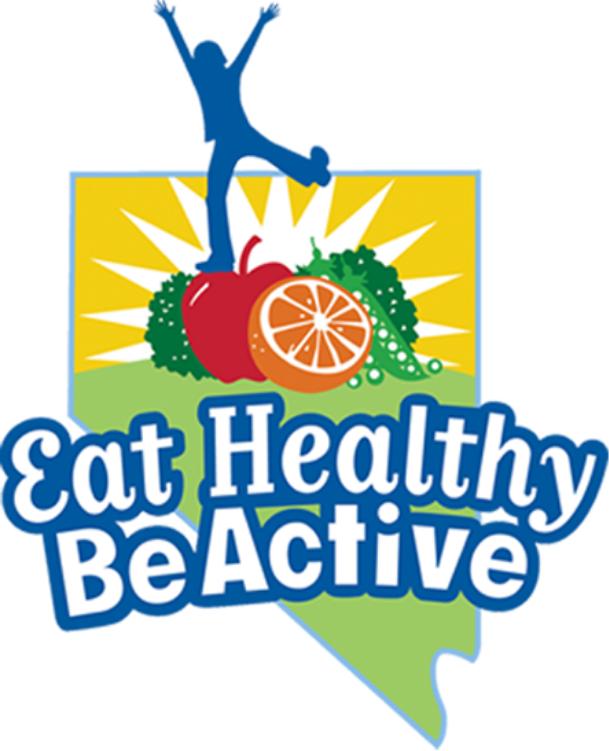Whether you are cooking for just yourself, one to two people, or a larger group, planning meals is a good place to start improving your food choices. Taking the time to plan a healthy evening meal can help you avoid a less healthful “drive-through” dinner.
The foods you enjoy are likely the ones you eat the most, so take note when planning your nutritious and satisfying meals.
Once you’ve planned your meals, make a grocery list. Take some time on your visit to the grocery store to choose lower-calorie ingredients. Here are some ideas that may help:
- Many casseroles and meat sauces use cream soups as a base. Use a low-fat cream soup.
- Substitute a low-fat cheese in casseroles and vegetable sauces.
- Try a non-stick cooking spray or a small amount of cooking oil for sautéing instead of frying with solid fat.
- If you’re using ground beef for tacos or meat sauce for spaghetti, look for a lower-fat variety such as ground round or ground sirloin or try using skinless ground turkey breast. Once you’ve browned the meat, drain to remove excess fat.
- Instead of full-fat versions of mayonnaises, butter, and salad dressings, try those that are lower in calories, total fat, saturated fat, and trans-fat.
- Check out the frozen food aisles for quick, low-calorie vegetable side dishes. You can find cut green beans, sliced carrots, and other chopped vegetables in the frozen food section. Avoid the ones with added cream, butter, or cheese sauces as these ingredients can add calories. You can steam these vegetables quickly in the microwave.
- In some soups and entrees, you may also be able to add dry beans to extend the recipe and improve the nutritional value. This is easy to do in vegetable-based soups and chili. You can just add a cup of canned white beans, kidney beans, or pinto beans to the recipe. As another example, if you are making enchiladas, rinse a can of black beans and add these to the ground meat.
